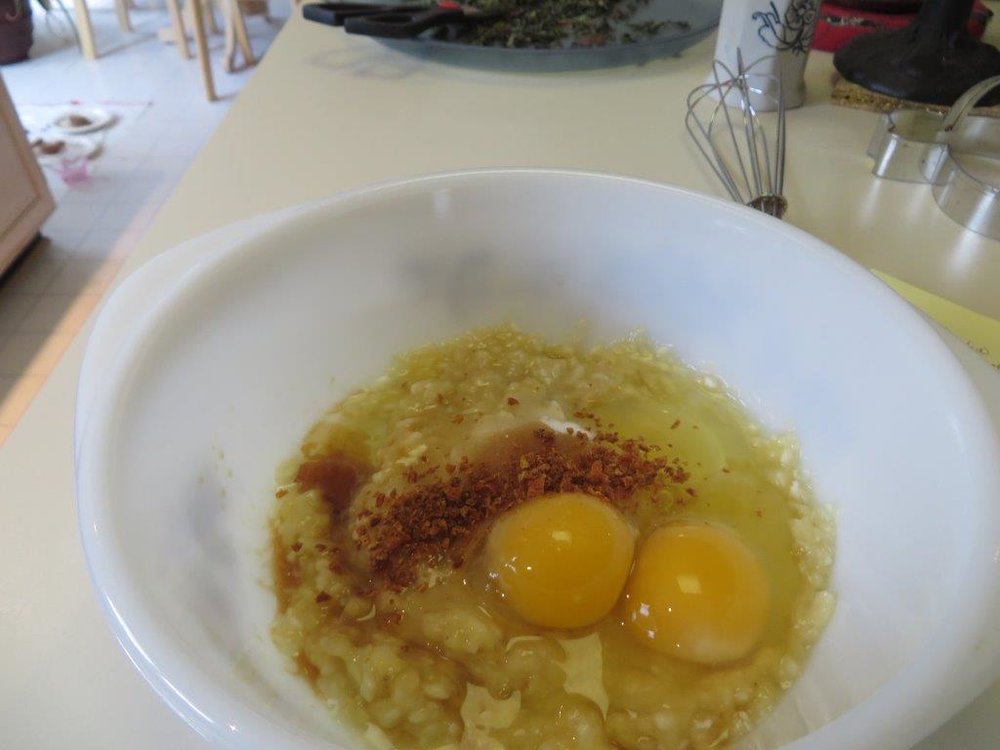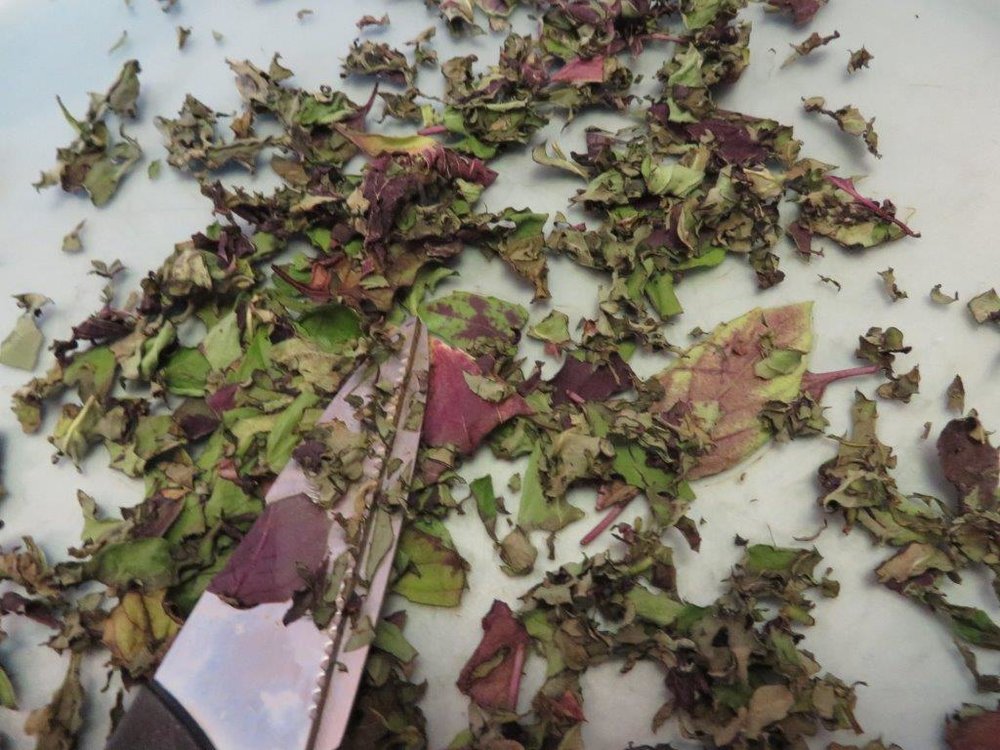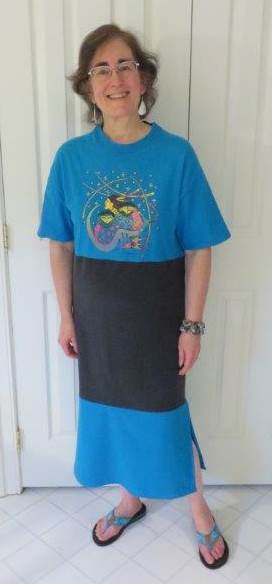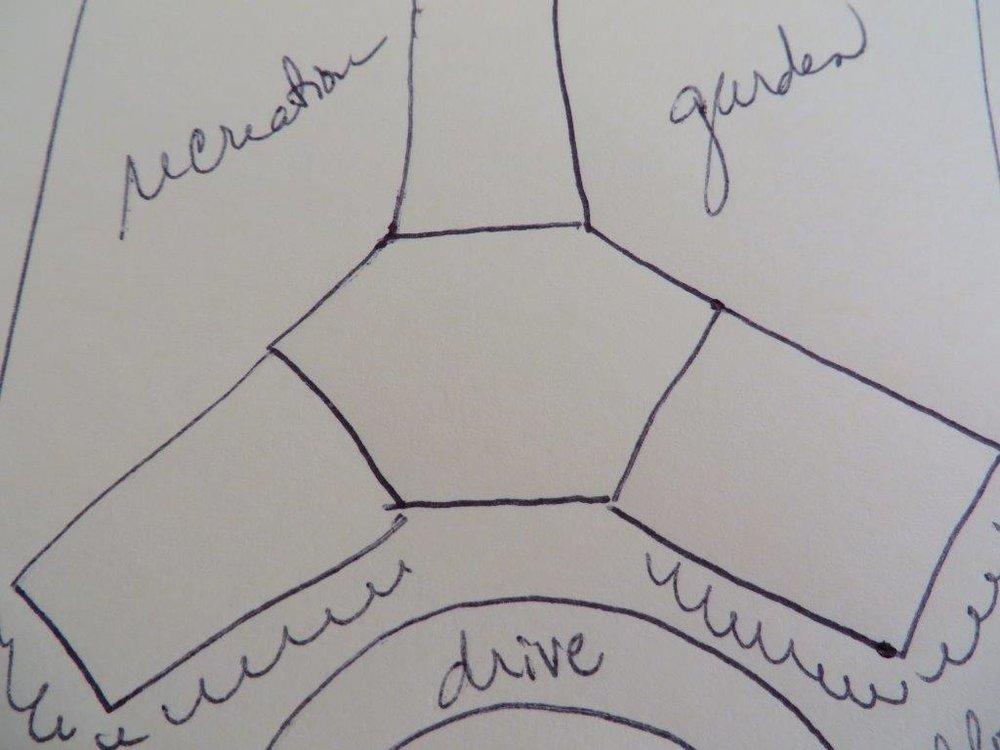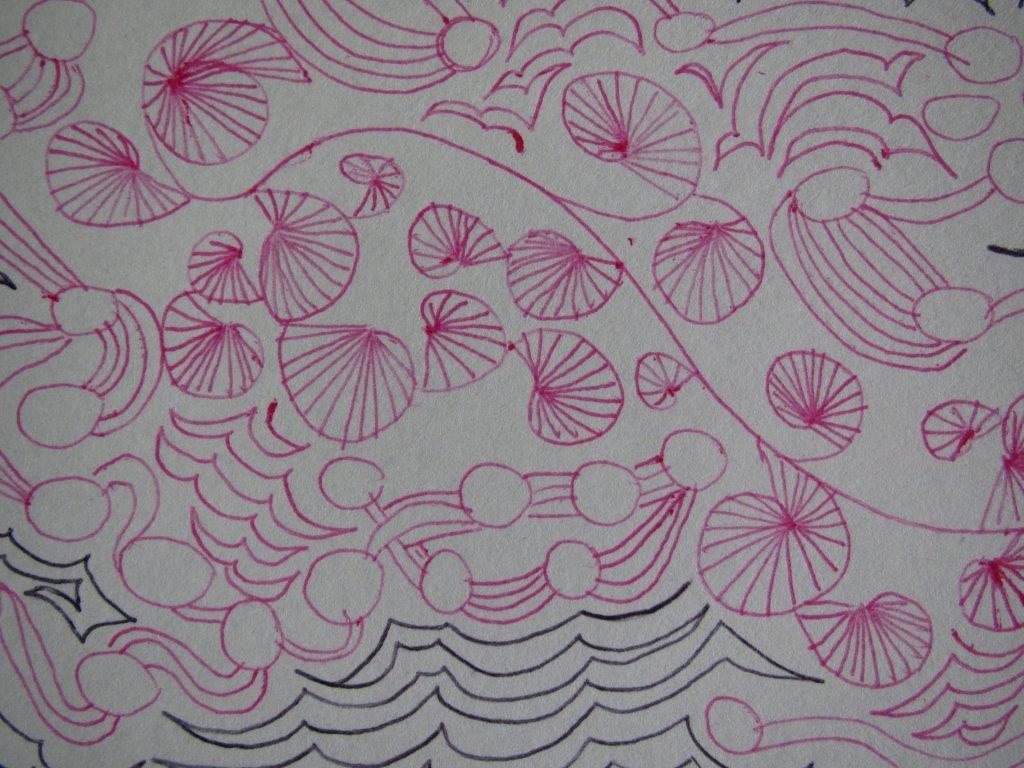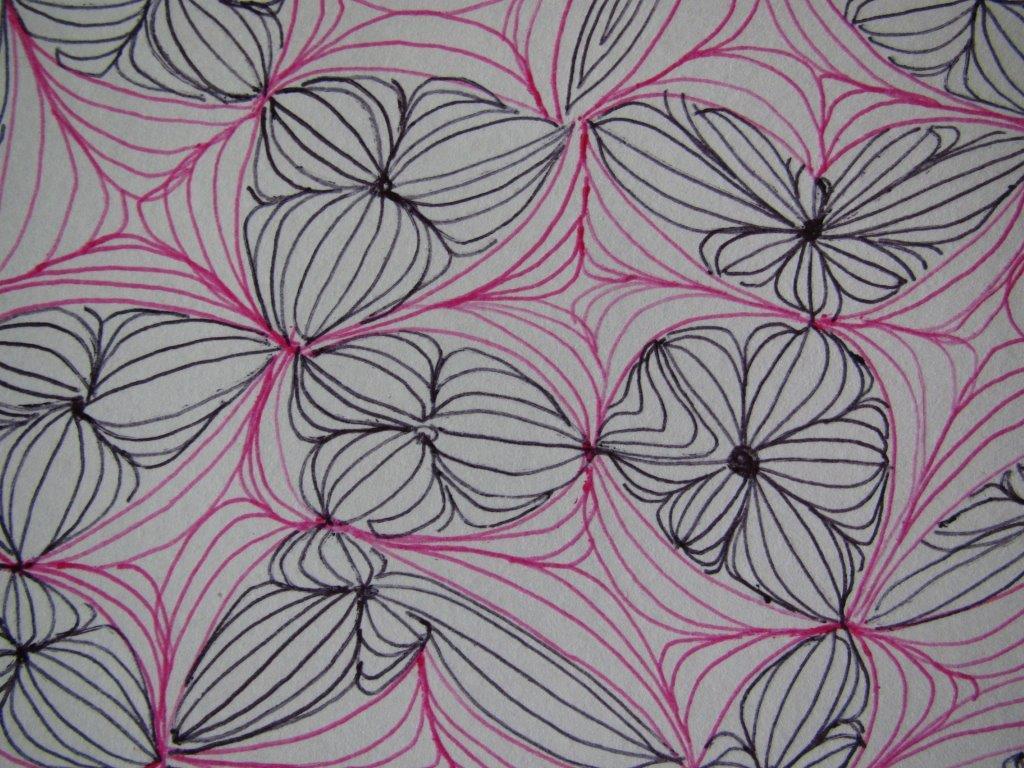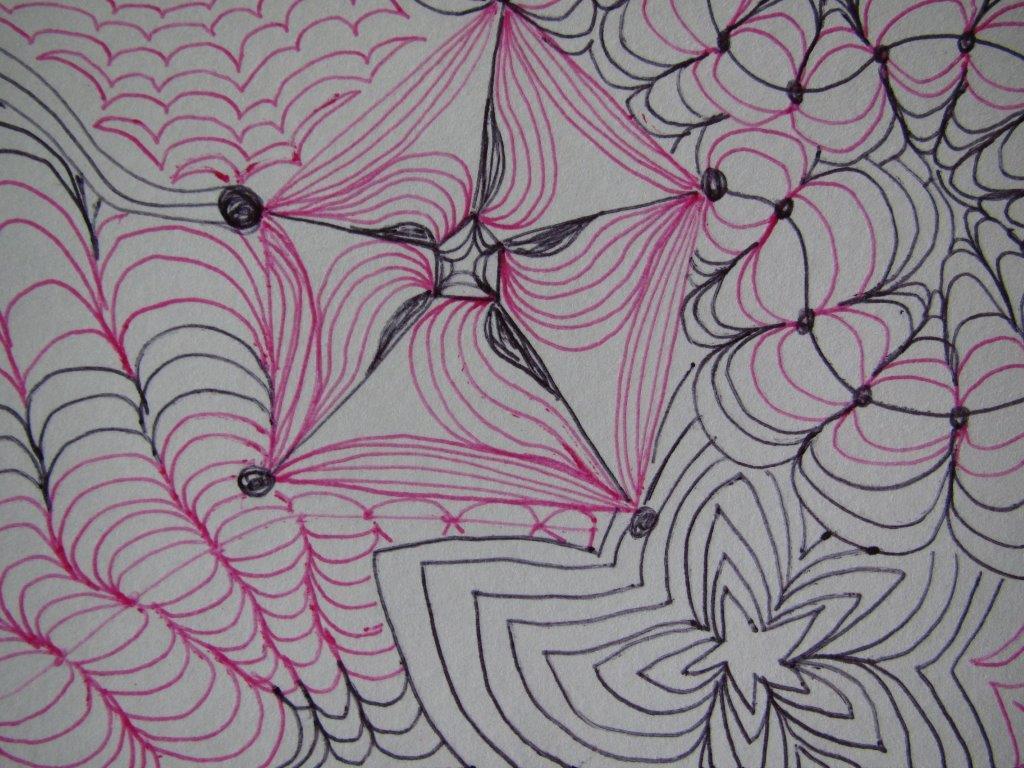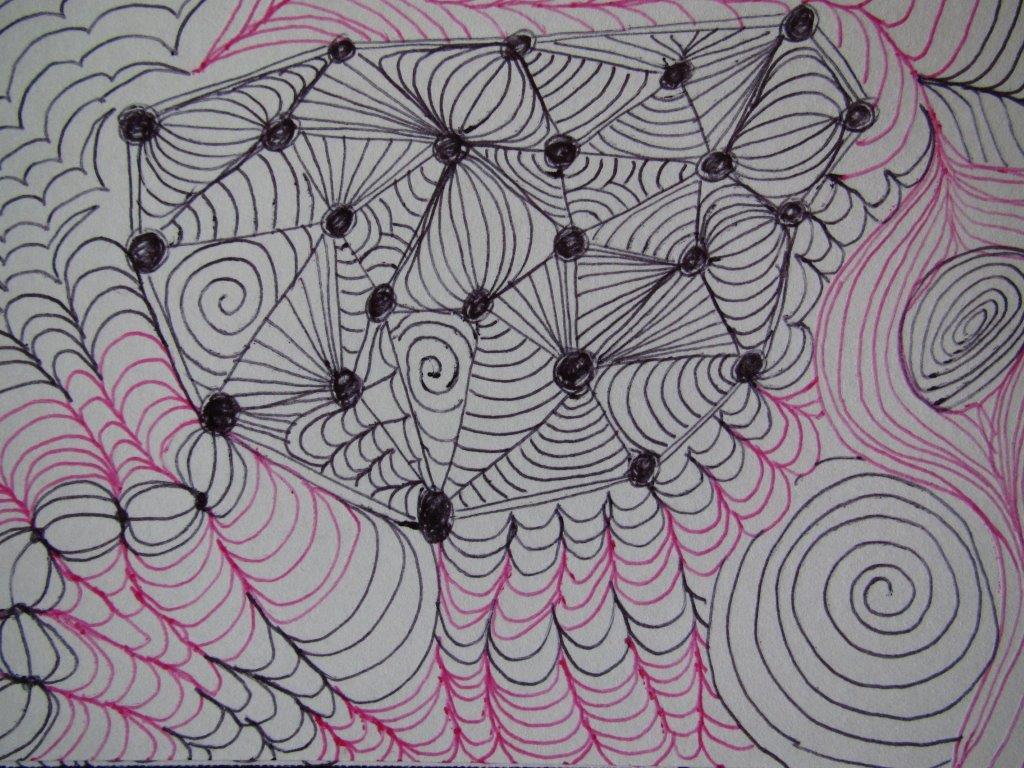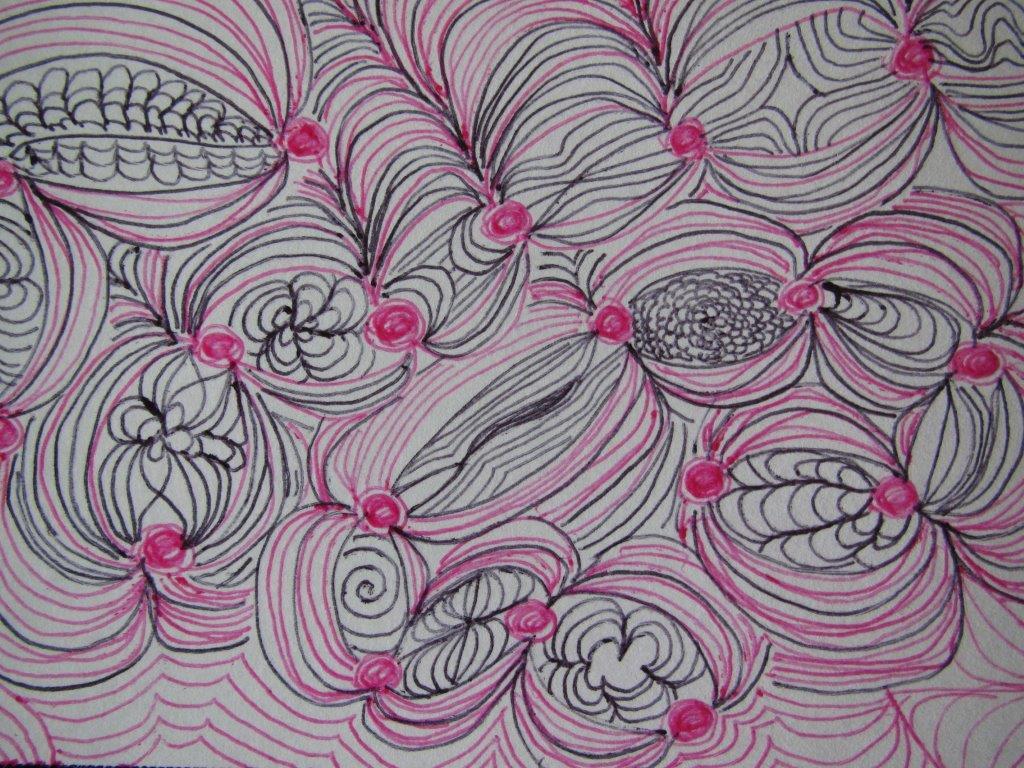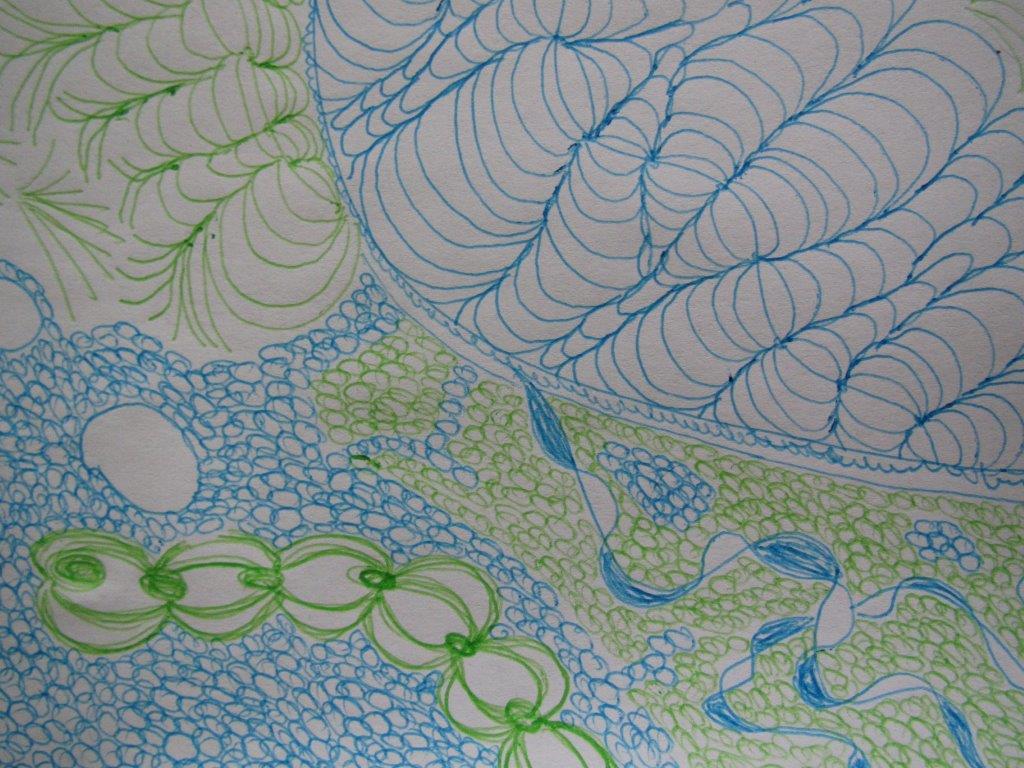I am savoring projects that are my own these days after years when most of my projects were assignments or done to benefit someone else. I’m not totally done with those projects-directed-by-others but these days the majority of projects are my own - conceived, done, and enjoyed just for me.
What do I mean by ‘projects’?
Projects are a series of activities that lead to a specific goal and, for the purposes of this post, they have a beginning and end.
I have four main project areas right now:
Classes. Each Coursera class is a project for me. I decide what I will do beyond the watching of videos. Usually I follow up on the reference material. Sometimes I buy the book and read it. And finally - I write notes about the class…what I think about the subject, if I agree or disagree with the instructor, how my perception of the school offering the course is changed by the course, what the course has changed about the way I think…or act.
 Sewing. Each garment I make is a mini-project. Sometimes I make a series of similar items (like the Two T-shirt dresses); others are one of a kind. I spend calm time before sleep planning the project, then do a lot of measuring. I sometimes challenge myself with ‘rules’ like
Sewing. Each garment I make is a mini-project. Sometimes I make a series of similar items (like the Two T-shirt dresses); others are one of a kind. I spend calm time before sleep planning the project, then do a lot of measuring. I sometimes challenge myself with ‘rules’ like
- No hand sewing
- Minimize scraps
- Avoid buying any new supplies
Blog themes. I sometimes have multi-post themes for my blog and consider each a project. Some of them are monthly - like the 3 Free eBooks picks - and they are on the planning calendar I do for the year. Some are over a shorter time - 2 or 3 months; the Becoming 60 theme is an example of that. Those too go on the calendar with notes of the main points to be included in that post.
I’m sure there will be other kinds of projects that will come and go….but I’m enjoying these this fall!
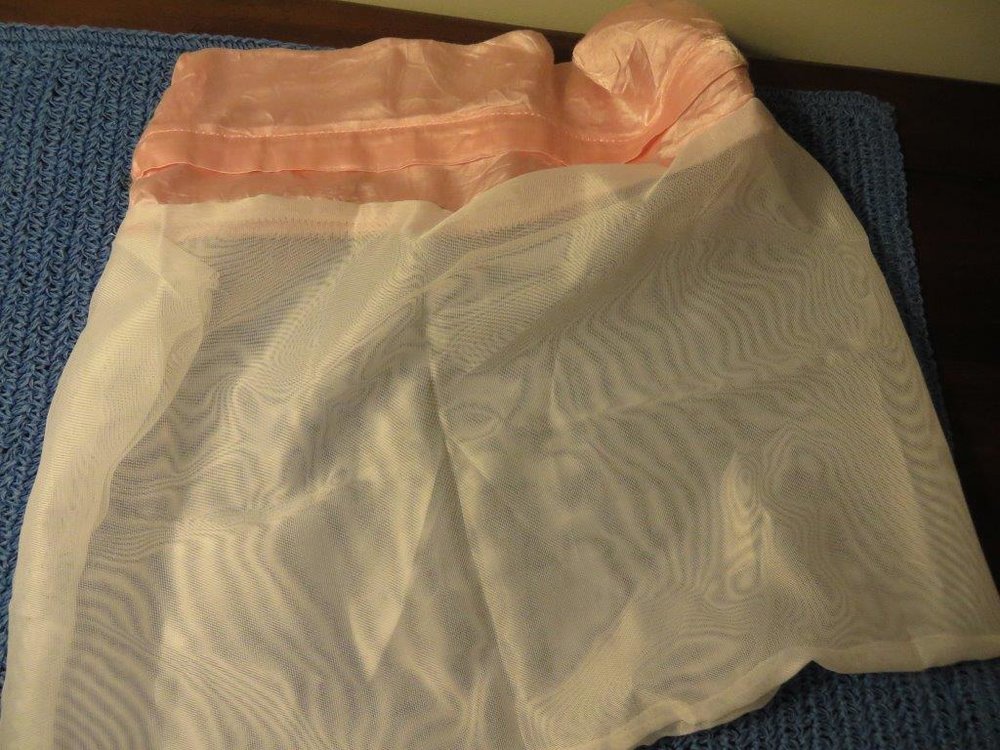 The items I combined were the zipper end of an old satin pillow case (it was something I thought I wanted over 20 years ago but quickly decided was too slick to actually use) and a piece of gauzy fabric that I’ve had for so long I don’t remember its origin. The whole project took less than 30 minutes because the zipper was already in place.
The items I combined were the zipper end of an old satin pillow case (it was something I thought I wanted over 20 years ago but quickly decided was too slick to actually use) and a piece of gauzy fabric that I’ve had for so long I don’t remember its origin. The whole project took less than 30 minutes because the zipper was already in place. 



